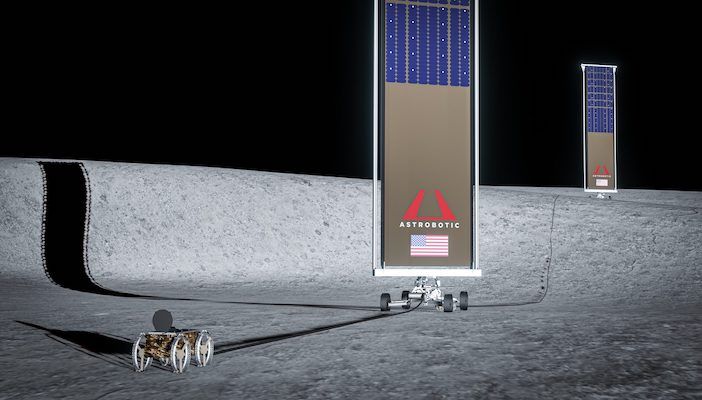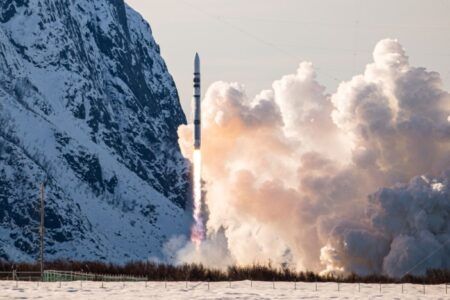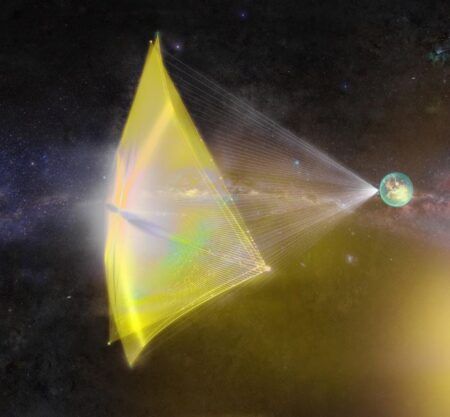Westinghouse Electric and Astrobotic are to develop nuclear reactors and power grids for use in space exploration for NASA and the Department of Defense.
The US-nuclear firm and space land and rover company have agreed to collaborate on the development of space nuclear technology and delivery systems.
Last year, Westinghouse was awarded a NASA/DOE contract to provide an initial design concept for a fission lunar surface power system.
Westinghouse is developing a scaled-down version of the 5-MWe eVinci microreactor to power spacecraft in orbit or for deployment on the surface of planetary bodies such as the Moon or Mars.
The eVinci Microreactor provides from several kilowatts to five megawatts of electricity, 24 hours a day, 7 days a week for eight-plus years without refueling. The microreactors are built in a factory and can be shipped in a container to any location.
Astrobotic, which designs and deploys lunar landers and rovers is developing LunaGrid, a commercial power service designed for use in the lunar south pole.
LunaGrid uses the company’s Vertical Solar Array Technology (VSAT), which it is developing with NASA. The first LunaGrid is planned to be operational by 2028.
Each VSAT will include the transformers and power management systems needed to extend power capabilities beyond the VSAT itself into a power grid. Power is distributed via wireless chargers and tethered CubeRovers.
David Durham, president for energy systems at Westinghouse said, “We are excited to partner with Astrobotic on delivering the next wave of innovative nuclear technology that is vital to advancing space exploration and supporting national defense missions.”





